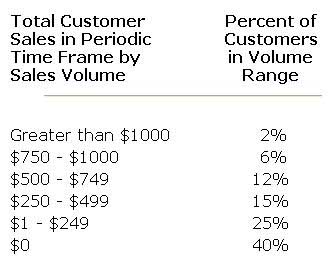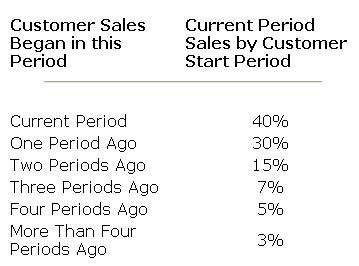New phrase I’d never heard before: “Scrap Learning” is training that is delivered to students that goes unused. For example, employees sign up for training that has nothing to do with their job just to get out of working, or are forced into this situation by some misdirected “mandate”. Or they are forced to take a course so far ahead of when they will need the knowledge they forget this knowledge by the time an on-the-job use opportunity rolls around.
Apparently this is a pretty big problem in large companies and wastes millions of dollars in Training budgets every year. Reducing / Eliminating Scrap Learning is one way to optimize Training budgets for maximum ROI; if you can get rid of Scrap Learning, you spend a lot less money and get virtually the same impact. Kind of like segmentation in Database Marketing, right?
Some estimates of Scrap Learning run as high as 50% of all Training delivered. One of the easiest ways to reduce Scrap Learning is to simply trigger an e-mail to the employee’s supervisor and get confirmation the employee who signed themselves up really needs to take the course. Hmmm…
Here’s the problem. The success of many Training departments is measured by “volume” metrics like the total number of student hours consumed. If that is your success metric, do you have any incentive to reduce Scrap Learning?
Just got back from the Training 2007 conference. All sorts of stuff like the above is whizzing around in my head. The “experts” say one way to drive Creativity is to Learn material outside your own knowledge domain, then try to connect this knowledge back to your own domain. I have that going on in a big way…
Fear of Analytics is a huge problem in HR / Training; I’m beginning to think this is a pervasive problem across the entire enterprise. We know this is a culture problem, but the question is, what is the right model for evaluating, addressing, and fixing this problem? The issue has been addressed here and there for specific applications, but as far as I can tell, not in any kind of comprehensive way. What can we do about Scrap Learning? Scrap Marketing? Scrap Sales? Scrap Service?
And then, think about what this looks like from a cross-silo view, the Inter-departmental Scrap, the Scrap created because there are not clear metrics channels calibrated so the success metrics of one department do not conflict with the success metrics of another department.
Brother, that’s a lot of Scrap. Are your metrics aligned with your mission? Or are you incented to produce a lot of Scrap?

